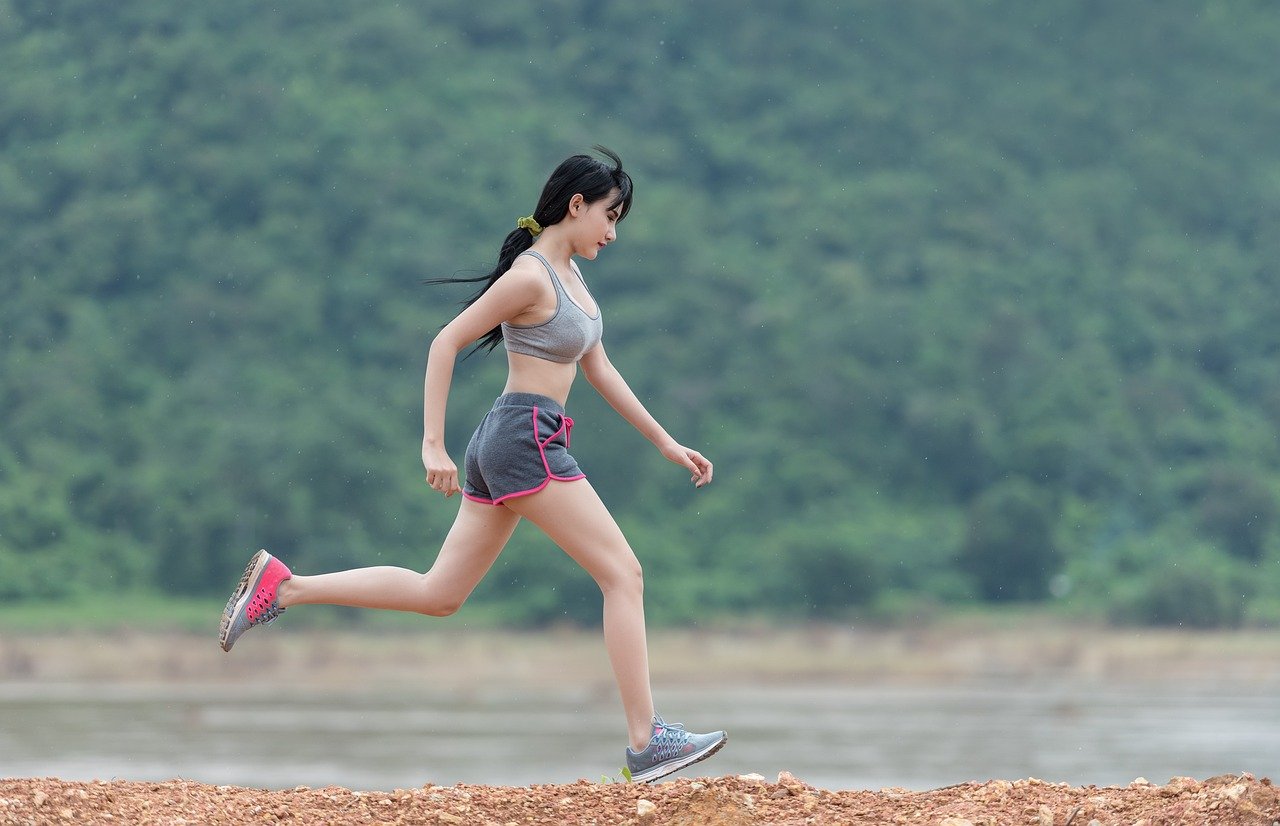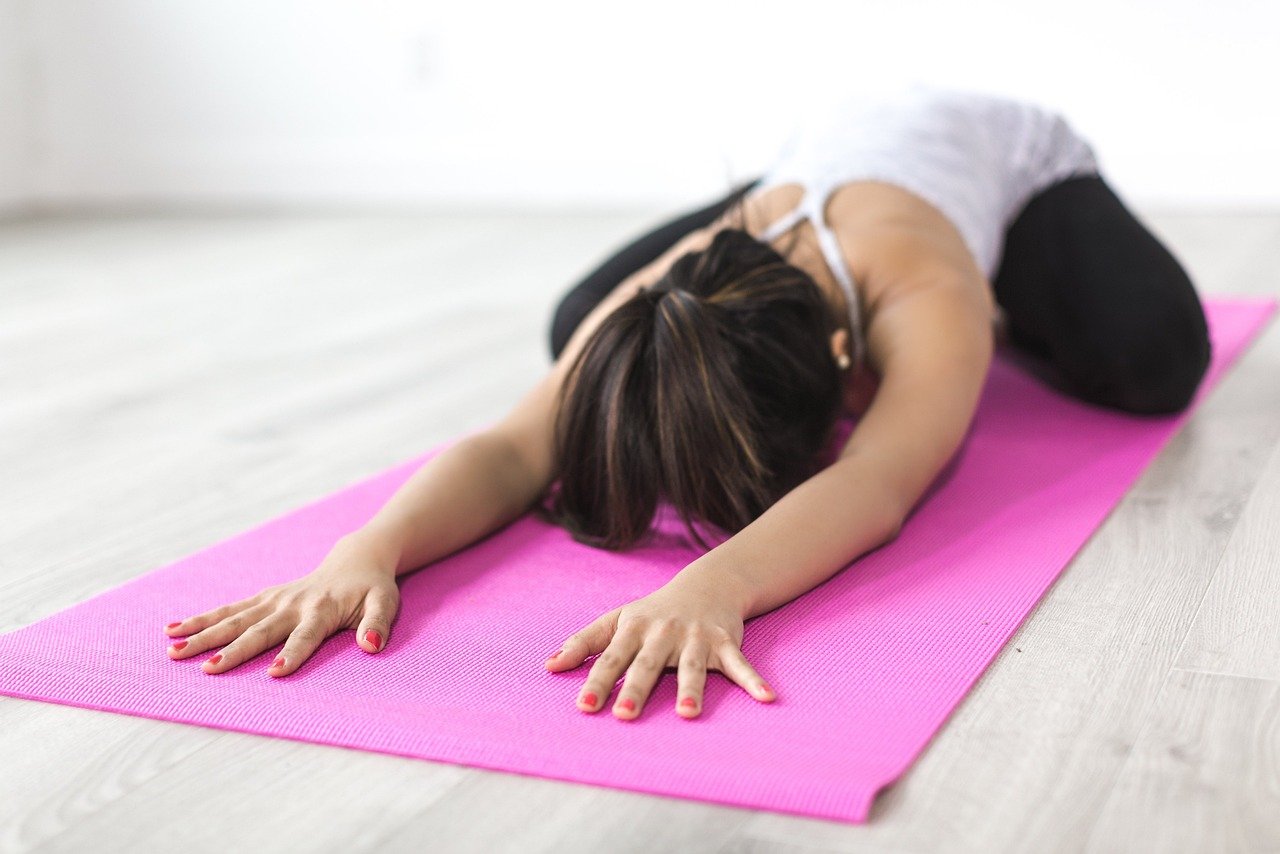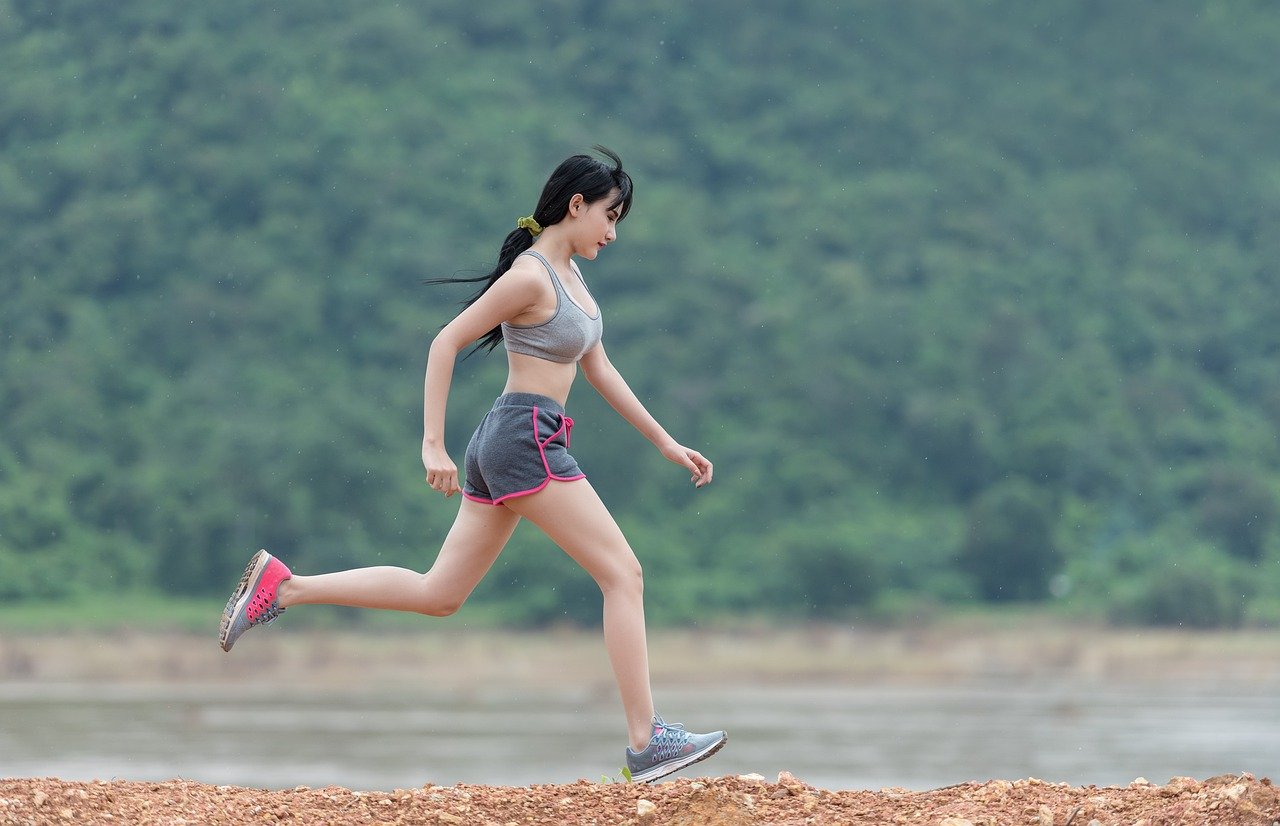Maximizing Leg Workouts with Gym Machines explores the benefits of incorporating modern gym machines into leg workouts. This article provides a comprehensive analysis of different gym machines, comparing their costs and highlighting the unique features of each. By delving into the world of leg machines at the gym, readers will gain valuable insights into maximizing their leg workouts and achieving optimal results.

Choosing the Right Gym Machines for Leg Workouts
Leg workouts are an essential part of any fitness routine, and incorporating gym machines can greatly enhance the effectiveness of these workouts. However, with the wide variety of leg machines available, it can be overwhelming to choose the right ones for your specific goals and needs. This article will guide you through the process of selecting the most suitable leg machines based on factors such as functionality, setup, technique, and budget. By understanding the types of leg machines, comparing their pros and cons, considering your fitness goals, and determining your budget and accessibility, you will be well-equipped to make an informed decision and maximize your leg workouts.
Understanding the Types of Leg Machines Available
Before delving into the specifics of each leg machine, it is important to have a broad understanding of the types of machines available. Modern gym machines offer a range of options, each designed to target different leg muscles and provide varying levels of resistance. Some common leg machines include leg press machines, leg extension machines, leg curl machines, standing calf raise machines, hack squat machines, Smith machines, leg press hack squat machines, multi-functional leg machines, and calf machines. Familiarizing yourself with these different types of machines will help you make a more informed decision when selecting the appropriate ones for your leg workouts.
Comparing the Pros and Cons of Leg Machines
To fully grasp the advantages and limitations of each leg machine, it is essential to compare the pros and cons of utilizing them in your workouts. leg press machines, for example, offer a controlled movement that targets the quads, hamstrings, and glutes, but they can be bulky and take up a significant amount of space. Leg extension machines isolate the quadriceps, providing a focused workout, but they can put stress on the knees if not used correctly. Leg curl machines, on the other hand, target the hamstrings and can help improve knee stability, but they may not provide sufficient resistance for advanced users. By understanding the pros and cons of each leg machine, you can make an informed decision based on your specific goals and limitations.
Considering Your Fitness Goals and Needs
When selecting the right leg machines for your workouts, it is crucial to consider your unique fitness goals and needs. Are you aiming to build strength, increase muscle mass, improve endurance, or enhance overall leg functionality? Each leg machine has its forte, and understanding your specific goals will allow you to choose the machines that best align with those objectives. Additionally, take into account any existing injuries or limitations that might affect your ability to use certain machines. It is always advisable to consult with a fitness professional or physical therapist to ensure that you select the most appropriate leg machines for your individual circumstances.
Determining Your Budget and Accessibility
Another important factor to consider when choosing leg machines is your budget and accessibility. Gym machines can vary significantly in cost, and it is essential to determine how much you are willing to invest in your leg workouts. Keep in mind that expensive does not necessarily equate to better quality or functionality. Consider how frequently you will be using the machines, as purchasing a machine may be a more cost-effective option in the long run if you plan on incorporating leg workouts into your routine on a regular basis. Additionally, assess the accessibility of the machines. If you have limited space at home or prefer the convenience of a gym environment, take into account the availability of the machines at your local gym or fitness facility.

Maximizing Leg Workouts with Leg Press Machines
Leg press machines are widely regarded as one of the most effective leg machines for targeting the quads, hamstrings, and glutes. Understanding the function of leg press machines, setting up the machine properly, optimizing your form and technique, adjusting the weight and resistance levels, and utilizing proper breathing techniques are key components to maximize the efficacy of your leg workouts using this machine.
Understanding the Function of Leg Press Machines
Leg press machines are designed to simulate the movement of a squat or leg press, providing a controlled and guided range of motion. They typically consist of a seat and a platform or sled that allows users to push against a weighted resistance by extending their legs. The primary muscles targeted by leg press machines include the quadriceps, hamstrings, and glutes. By understanding the biomechanics and benefits of leg press machines, you can effectively incorporate them into your leg workouts.
Setting Up the Machine Properly
To ensure a safe and effective leg workout, it is crucial to set up the leg press machine correctly. Begin by adjusting the seat position so that your knees are in line with your ankles when your feet are placed shoulder-width apart on the platform. This alignment will help prevent any unnecessary strain on the knees. Ensure that your back is comfortably supported against the seat and that your feet are positioned flat on the platform, ensuring a solid foundation for the exercise. Taking the time to properly set up the machine will optimize your form and reduce the risk of injury.
Optimizing Your Form and Technique
Proper form and technique are essential for maximizing the benefits of leg press machines. Begin by engaging your core and maintaining a neutral spine throughout the exercise. As you press the platform away from your body, focus on using your leg muscles rather than relying on momentum or other body parts. Avoid locking your knees at the top of the movement and maintain control as you lower the platform back to the starting position. By emphasizing controlled movements and maintaining proper form, you can effectively target the desired leg muscles and minimize the risk of injury.
Adjusting the Weight and Resistance Levels
To effectively challenge your leg muscles and promote progress, it is important to adjust the weight and resistance levels on the leg press machine. Start with a weight that allows you to perform the exercise with proper form and without excessive strain. As you become more comfortable and stronger, gradually increase the weight to continue challenging your muscles. Striking the right balance between weight and form is crucial to avoid overexertion or injury.
Utilizing Proper Breathing Techniques
Breathing techniques play a significant role in optimizing the effectiveness of leg press machine workouts. Focus on inhaling during the eccentric or lowering phase of the exercise, and exhale during the concentric or pushing phase. Coordinating your breathing with the movement helps stabilize your body and maintain proper core engagement. Proper breathing techniques also promote oxygen flow to the muscles, reducing the risk of fatigue.
By understanding the function of leg press machines, setting them up properly, optimizing form and technique, adjusting resistance levels, and utilizing proper breathing techniques, you can maximize the effectiveness of your leg workouts. Incorporating leg press machines into your fitness routine can help you target the quads, hamstrings, and glutes, resulting in enhanced leg strength, muscle development, and overall lower body functionality.



